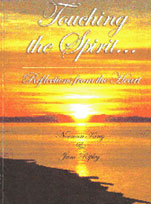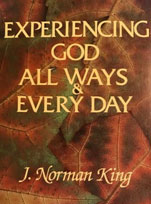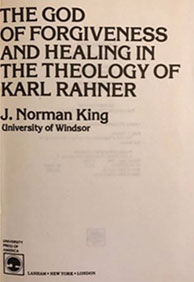T. S. Eliot has written: The end of all our exploring will be to arrive where we started and know the place for the first time.”
The beginning of a new calendar year, near the beginning of winter also marks the time when the days begin to get longer and we move towards new life, in the sense of the renewal which comes with springtime. For thousands of years, people’s lives had been structured by the rotation of the seasons. It was a time of endings and new beginnings, just as plants and flowers whose endings also release the seeds of new life and growth
Yet as Eliot observes and as The Wizard of Oz expresses, a new beginning is always a return home. Yet that return is at once the same the same and different, because we are also both the same and different. We are changed, however imperceptibly, by the living out of our lives and by the experiences they contain. At the same time, we may move more and more beyond the surface of life, marked by externals and busyness. We may then discover different parts and dimensions of ourselves that have previously remained unknown to us.
The folk tales portray these discoveries of parts of ourselves as meeting with strangers, both helpers and threats. In The Wizard of Oz, the scarecrow, the tin man, and the lion represent the wisdom, love, and courage that is already within us, yet still to be discovered. The good and evil witches represent the creative or life-giving and the destructive or death-dealing forces with us. The challenge is to recognize and be in touch with all these dimensions, without either denying our sacred worth or unleashing harm on ourselves or others.
To return home, to find a new starting place, and make a new beginning, is to become aware of all these dimensions and tendencies and qualities that are part of who we are. It is to become at home with all that we are, both our strengths and our limitations. It is also to find in friendship a place in another’s heart where we can be at once safe and vulnerable, where we can be at home both to ourselves and to one another. It is out of this raw material, so to speak, that we are to fashion our lives into a creative work of art.
On Sunday, I listened to a podcast from the On Being program, accessible on U.S. public radio and on host Krista Tippett’s website: www.onbeing.org. It was an interview with Gaelynn Lea, who has a brittle bone disease that has left her small and in a wheel chair, but able to excel in playing the fiddle held like a cello. She commented that the present commercial society attempts to make people feel inadequate about themselves, so that they will that lead them closer to an artificial ideal. She adds: “And you just make the bar unattainable enough so that people will keep striving after it and never really be satisfied with who they are, so they’ll spend tons of money.”
This approach reflects the thought that we have been given the image of people, of ourselves, as human “havings” rather than human “beings.” As a result, we are always drawn to look outside ourselves, and so never to be at home with ourselves, Always to be homeless in our own lives.
When, with one another’s help, we can come to be at home to all that is within us, and grow into a sense of our sacred worth, that embraces all of us , “warts and all,” we will at times come to be at peace with ourselves and with one another.
The experience of solitude and of friendship are pathways to this homefulness. And it is reflected also in the story of Rumpelstiltzkin. These are topics we may speak about in future weeks. For now, I’ll just mention that Rumpelstiltzkin does express the basic challenge of life: to spin straw into gold. I see its meaning as the challenge accept our lives which may seem brief and passing like straw, and to fashion them into gold, into a lasting work of art, by how we weave our life story. In an age of machinery and possessions, the story utters a profound reminder: “Something living is more precious than all the gold in the world.”
May you come to experience and live more fully the preciousness of your own lives.
Norman King, January 4, 2021


